Kids learn a lot about science, space and astronomy through textbooks and teaching, but practical, crafty science projects and activities can really help children visualise scientific concepts.
Practical science projects can teach kids lessons like why a solar eclipse happens, the physics of launching a rocket or how the Sun appears to move across the sky throughout the course of a day.
Space and astronomy activities are also great way of inspiring young minds and teaching kids the benefit of the scientific method.
They allow kids to get creative - and perhaps even a bit messy - but along the way parents, teachers and guardians can impart a bit of scientific knowledge and help cement concepts that might otherwise be difficult to explain.
Complete newcomer? Read our guide to astronomy for beginners.
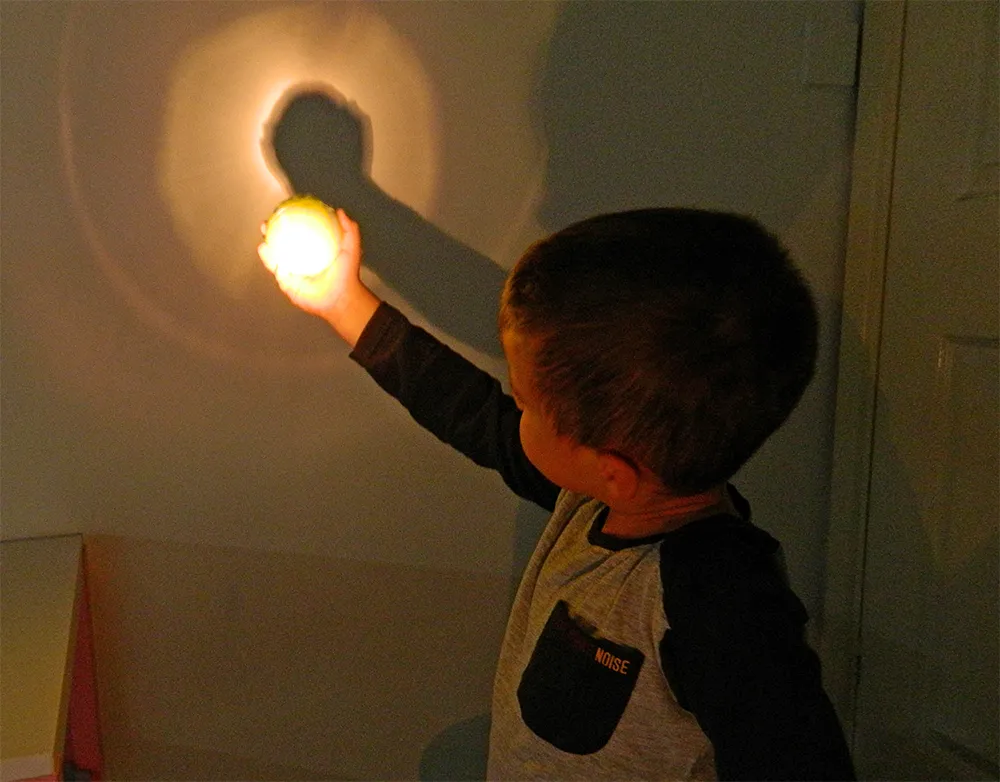
We've selected some of our favourite astronomy, space and science activities for kids for rainy bank holidays or long, lazy summer afternoons.
It pays to do a bit of research before each of our activities, as then you'll be armed with facts and knowledge and hopefully able to field even the trickiest questions.
Most of our space and astronomy activities for kids require just a few household objects and a bit of creativity.
If you do end up trying any of our projects below, we'd love to hear from you! Get in touch and let us know how you get on by emailing contactus@skyatnightmagazine.com.
For more projects like these, try our simple astronomy experiments.
And if you're searching for practical stargazing advice for children, read our guide on how to get kids interested in astronomy or the best telescopes for kids.
Solar System mobile
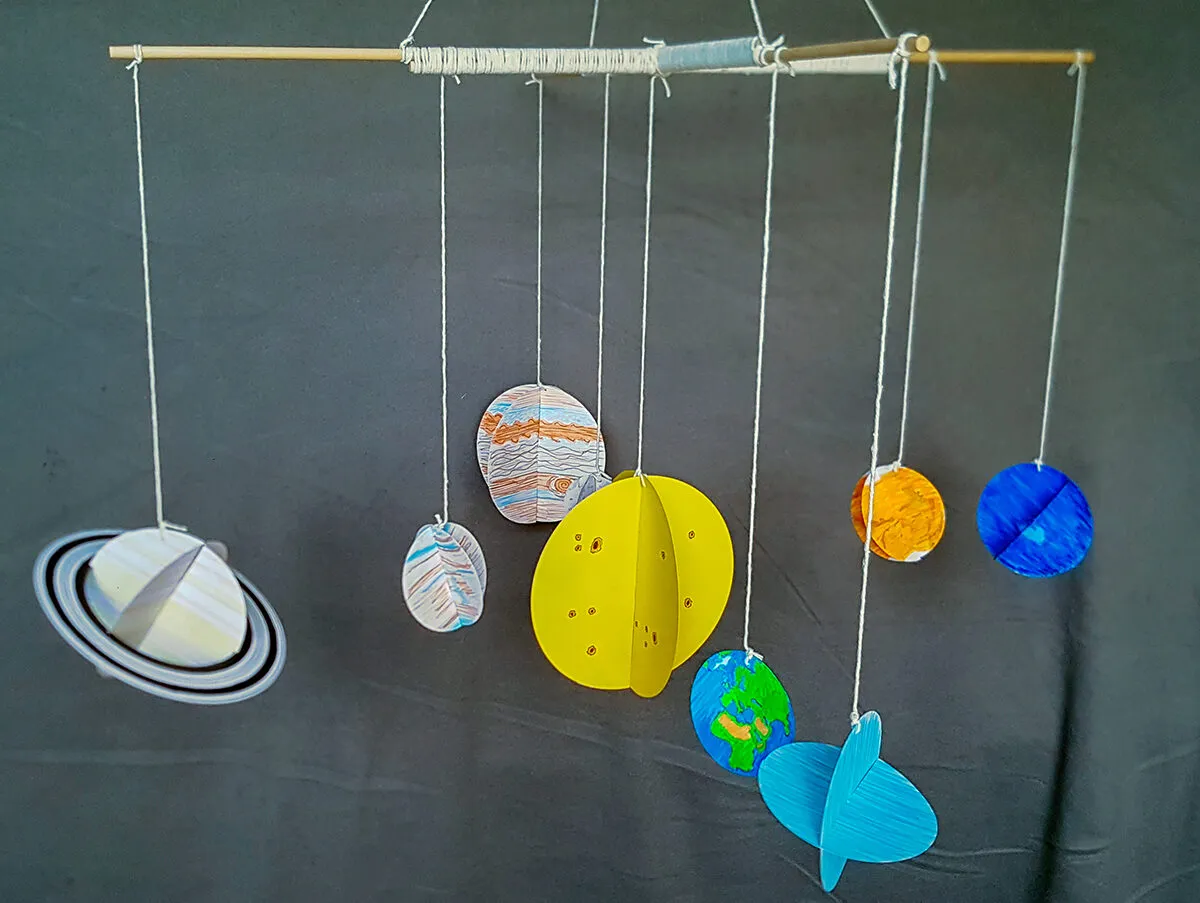
This Solar System mobile is an arts and craft activity, but it offers many opportunities to teach kids about the Solar System.
It's not possible to accurately show the relative sizes and distances of each planet, because the distances are so vast, but you can still make them different sizes and distances from the Sun..
Our guide at the link below will show you what diameter your cardboard planets need to be and how to create the wooden hanging structure, as well as how to decorate it.
To that end, we've provided details about what features are worth including on each planet.
The planets are made from two circles of card and the surface features are sketched before they're slotted together.
The full project - make a Solar System mobile for kids
Pinhole camera
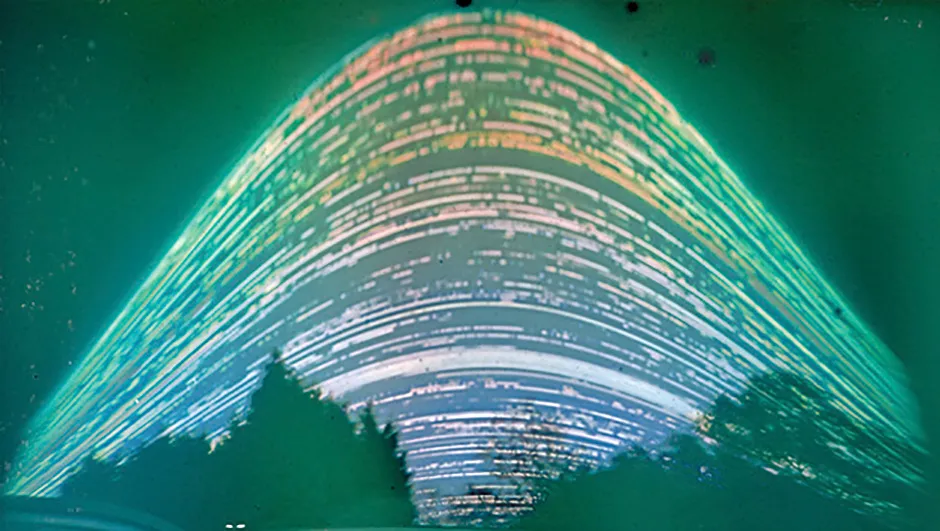
Many kids will know the Sun rises in the east and sets in the west, but may not have considered the apparent path the Sun takes across the sky from dusk 'til dawn.
A pinhole camera is a simple way of capturing a long exposure that will show the Sun's path - known as the ecliptic - for however long you leave it.
A few days work well, but if you have a bit more patience, a period of months will produce something even more spectacular.
Again, this is a fascinating science project that helps children understand a bit more about Earth's orbit around the Sun, but it's ultimately an astrophotography lesson, and as such will also produce something unique and artistic as an end result.
The full project - Make a pinhole camera
Portable sundial
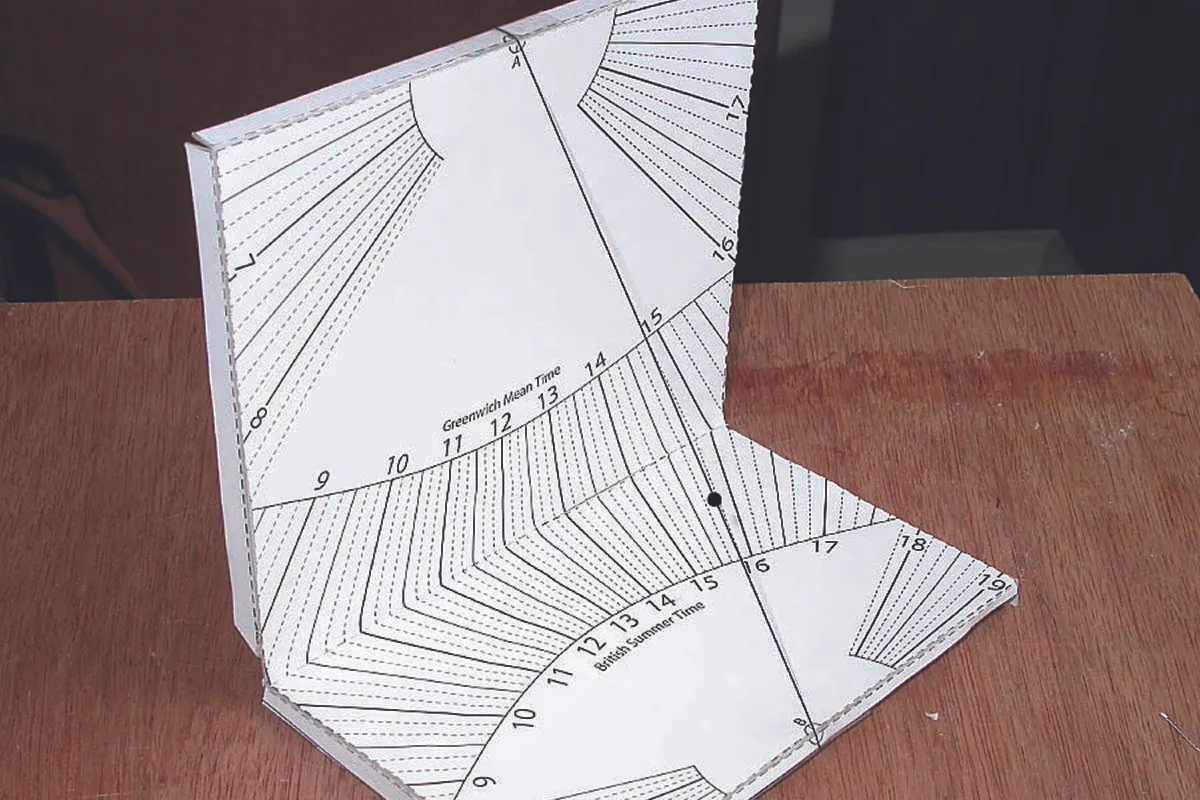
Kids are always fascinated by sundials! Often seen as large, ornate structures in stately homes or public parks, they are a monument to humanity's study of the celestial sphere and our attempt to better understand the world around us.
This is a fun project that's simple to do and can be used to teach kids about the movement of the Sun across the sky, and how that can be used to determine what time of day it is.
All you need is a printer, some card and some glue, but a sharp knife will also help here, so grown-up guidance is a must!
The full project - Make a sundial
Star-hop
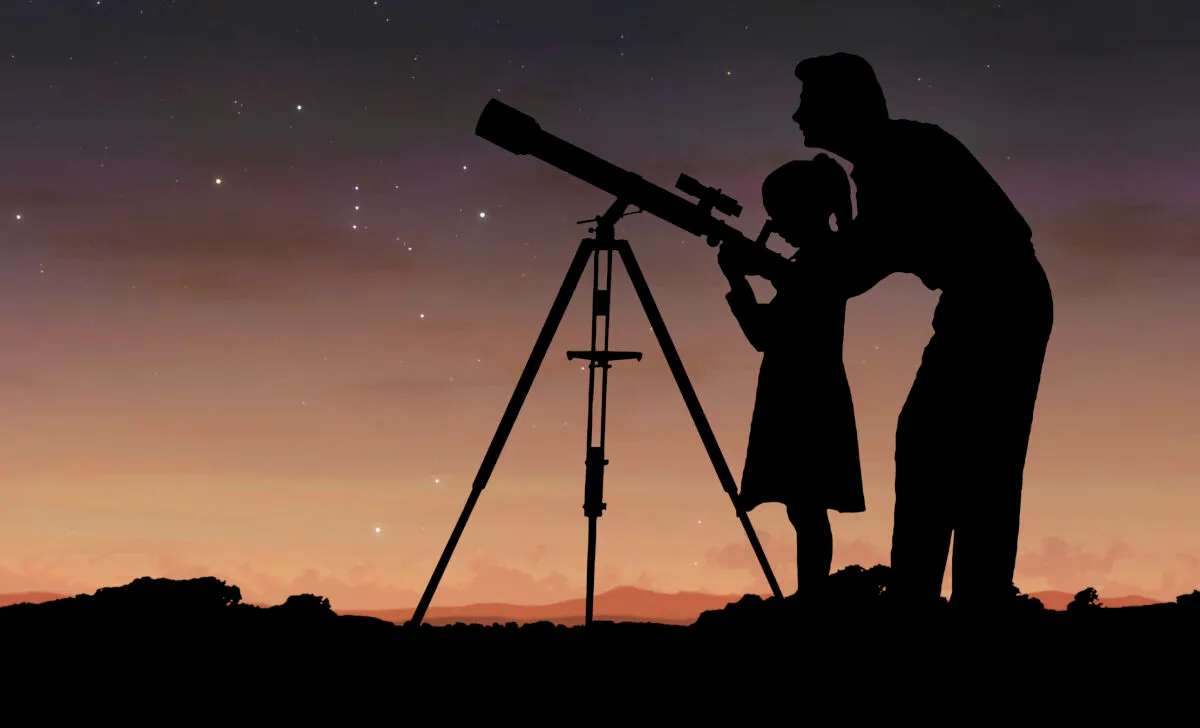
This is an 'active' space activity for kids, rather than a craft project.
Star-hopping is a great way to learn your way around the night sky and discover less familiar objects by using the old favourites as a jumping-off point.
It's a technique used by real astronomers to locate celestial objects that are less bright and therefore trickier to find.
A good star hop will begin at a bright, easy-to-spot star and guide you, step-by-step, to locating another star or deep-sky object.
This naked-eye astronomy is perfect for kids and a great way of getting them to spend a bit more time outdoors, gazing up at the night sky.
Our guide at the link below will teach you the basics, and provides a few easy star hops to get you started.
The full project - How to star hop
See the International Space Station
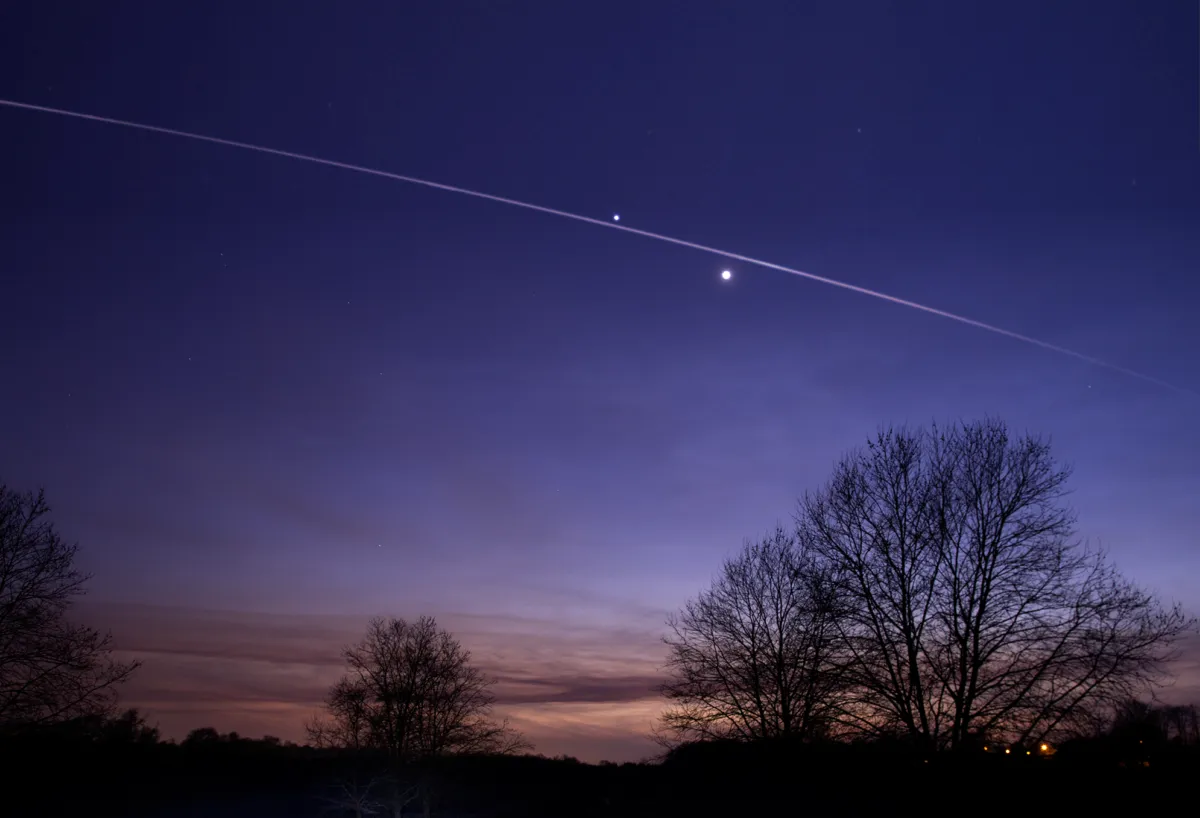
Since the launch of the International Space Station, there has never been a time when every human being has been living on planet Earth.
The ISS is an Earth-orbiting laboratory, and a symbol of our permanent presence in space.
But did you know that you can see the International Space Station in the night sky, from Earth? All you need to know is when and where to look up.
This is a great way of getting kids interested in the night sky, but while you wait for the Space Station to pass overhead it's also an opportunity to teach them about the important scientific work being done 400km above ground.
Swot up on the history of the International Space Station or a few of the strangest things found on the ISS.
The full project - How to see the International Space Station.
Citizen science

Outdoors astronomy isn't ideal if it's raining, or if you don't have an outdoor space that's conveniently accessible at night.
This is where online learning and citizen science comes into play. Astronomers amass a lot of data. So much so that they need help deciphering it.
Citizen science can help real astronomers discover the science of our Sun, find planets around other stars, or help classify galaxies. All you need is a computer and an internet connection.
The full project - Citizen science
Paper sundial
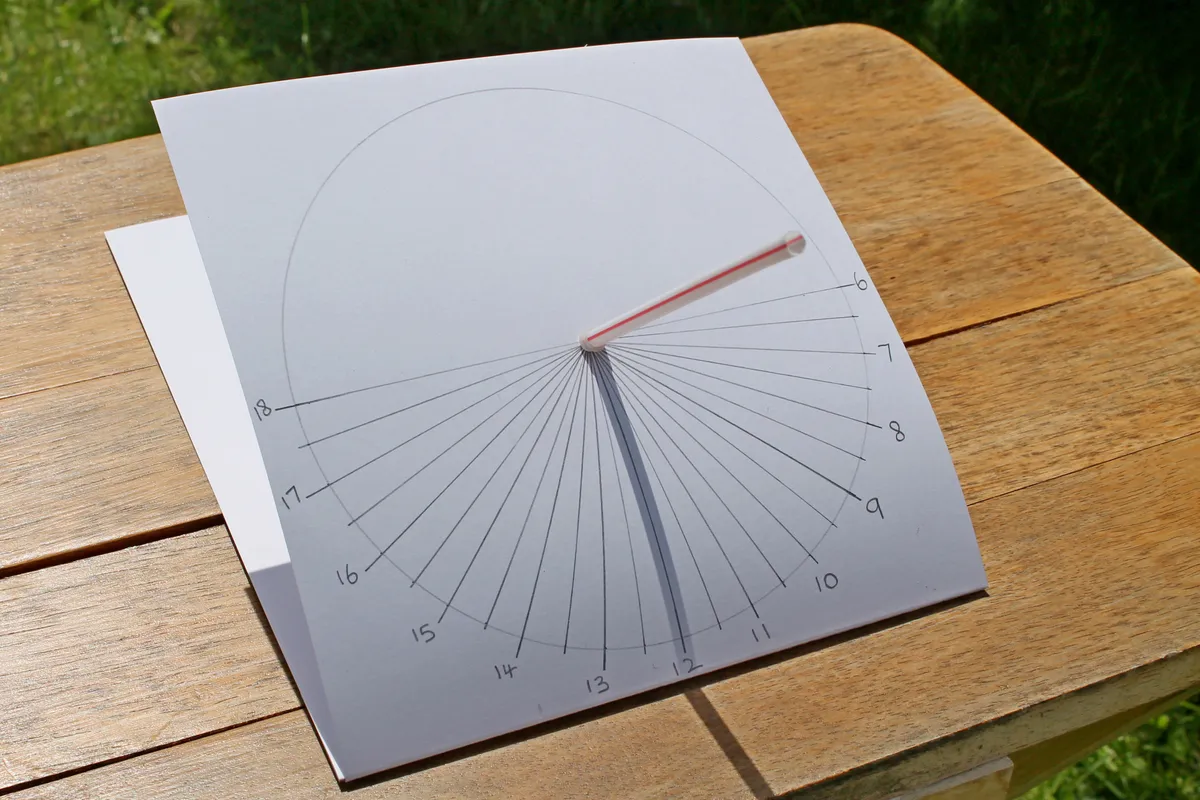
Perhaps slightly easier than our sundial plan above, this one can be done with a piece of card, a protractor, a pencil and a pair of compasses.
The design of sundial is an equatorial sundial, which makes use of the fact that the Sun moves at a rate of 15° per hour, allowing you to tell the local time using the shadow cast by the sundial’s gnomon (central column or pin).
The full project - Make a paper sundial
Scale Solar System model
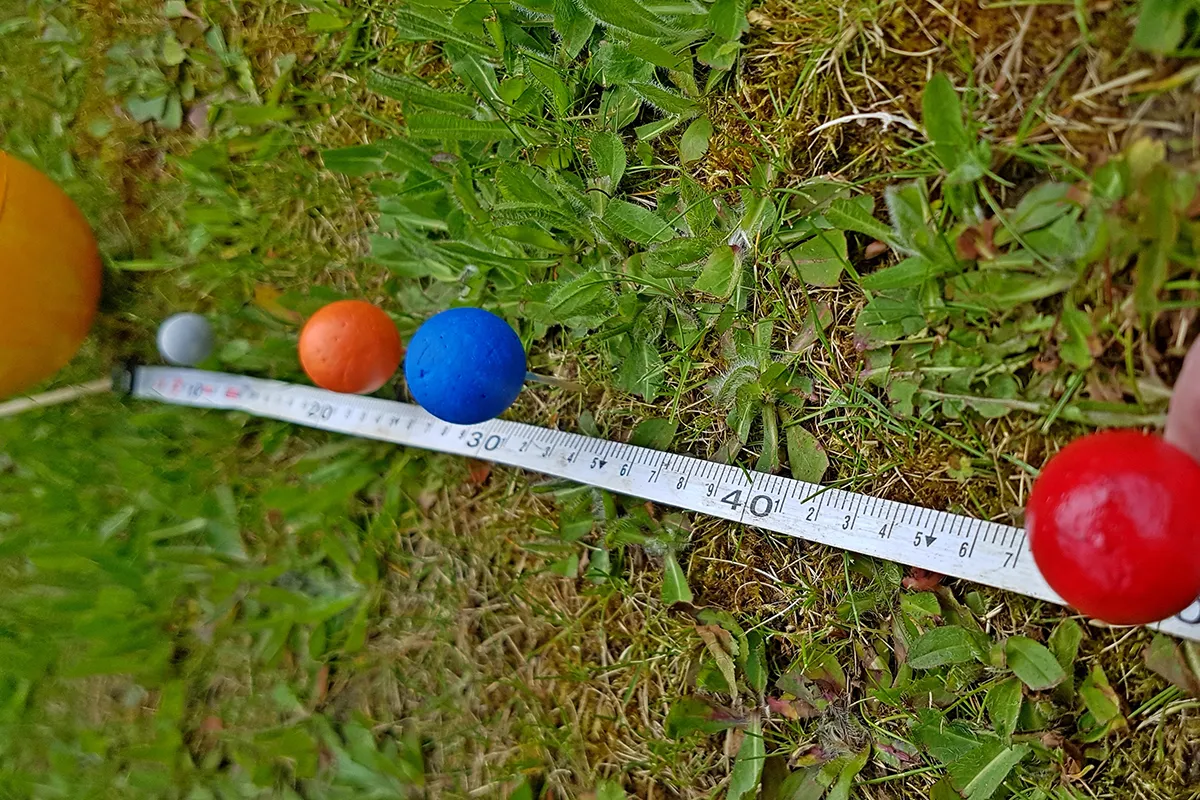
Diagrams showing the planets of our Solar System orbiting the Sun are a great way of illustrating Earth's cosmic neighbourhood to kids.
It is possible to show the relative sizes of the planets, but in a simple drawing it is impossible to depict to scale the distances between them - the distances are just too vast.
This is a project that shows the distances between the planets to scale, and really helps get across just how big our Solar System is, and how far away the planets are.
The full project - Make a scale model of the Solar System
Planetarium projector
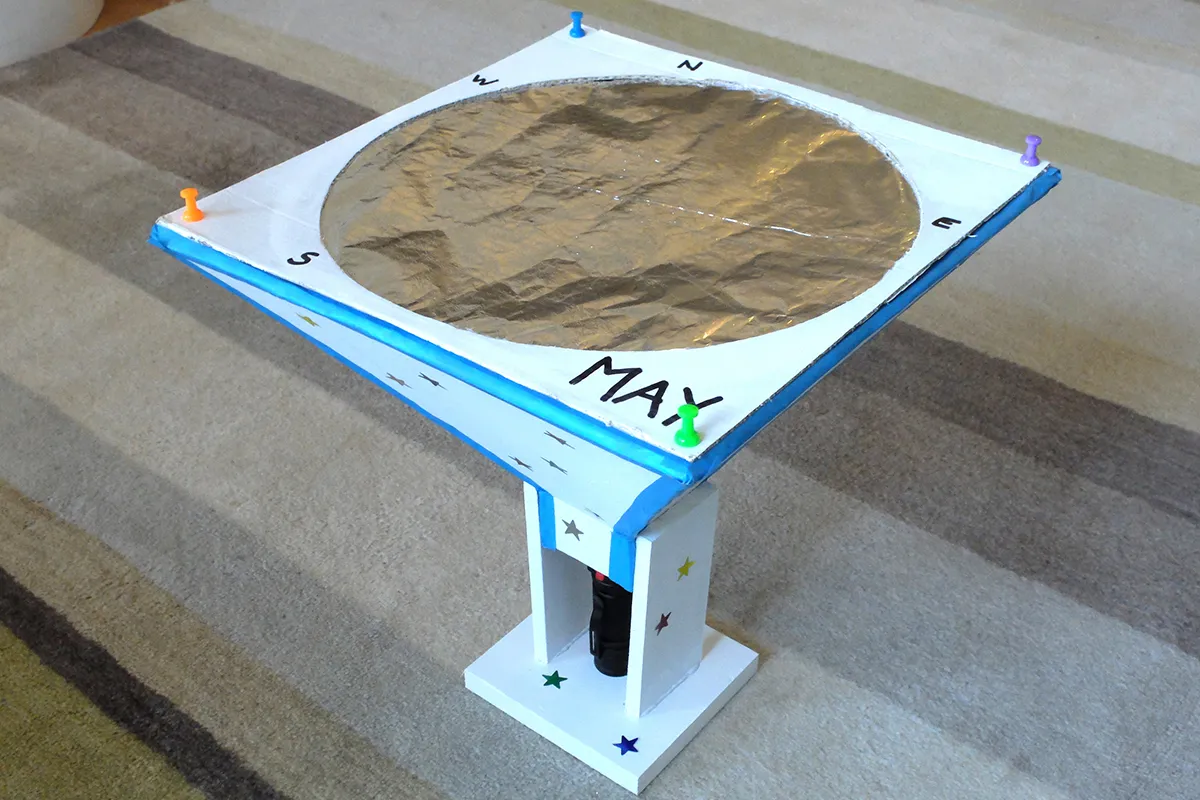
This is a family friendly project to build a planetarium projector that will project a view of the night sky onto a bedroom ceiling.
It makes for a good night light, but is also education, as it can teach kids how to star-hop and navigate between the constellations
And by making multiple pinhole ‘slides’ you can demonstrate how the sky changes through the seasons.
The full project - Make your own planetarium projector
Fairylight constellation
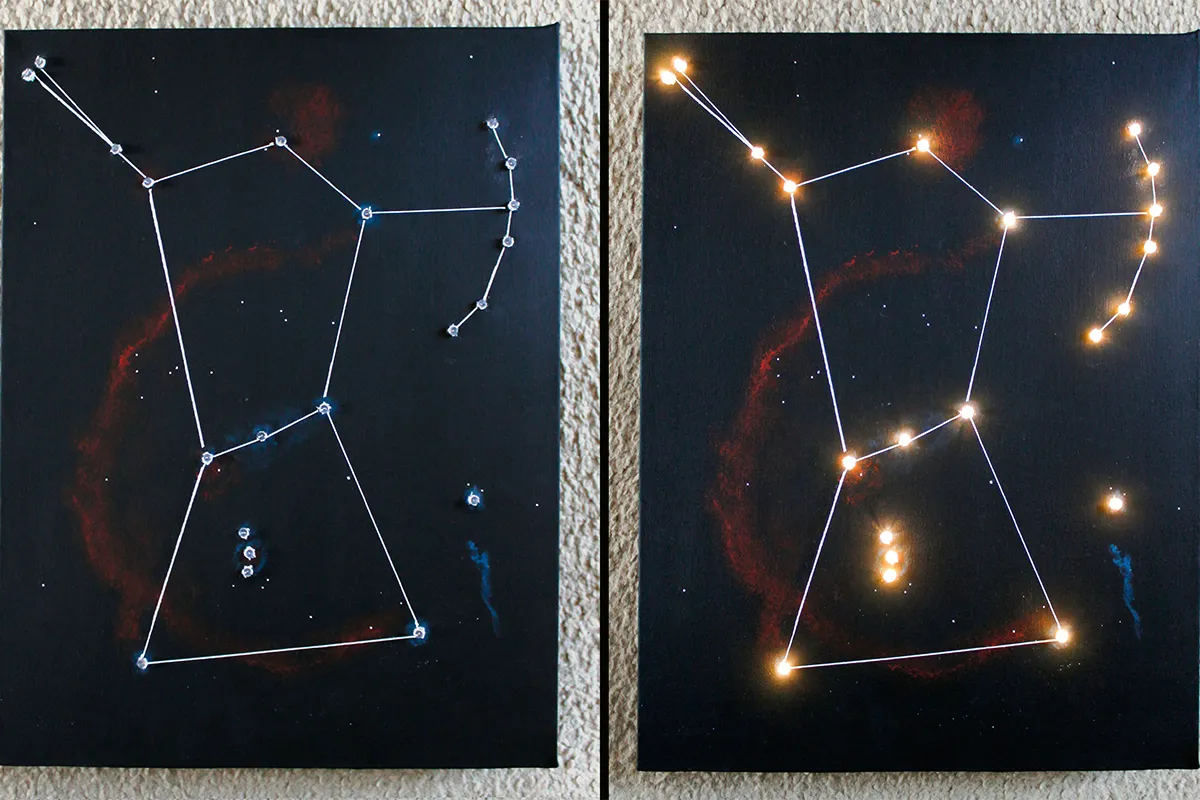
Do your Christmas fairylights live in a box in your attic, only seeing the light of day once a year?
Put them to good use with these light-up displays, which are a simple to make and help you to become more familiar with your favourite constellations.
They make a great nightlight in a child’s bedroom, and are an educational science project for school or at home.
This is one of our favourite space activities for kids and doesn't have to be confined to the Christmas holidays!
The full project - Make a light-up constellation with fairylights
Make your own Moon impact craters
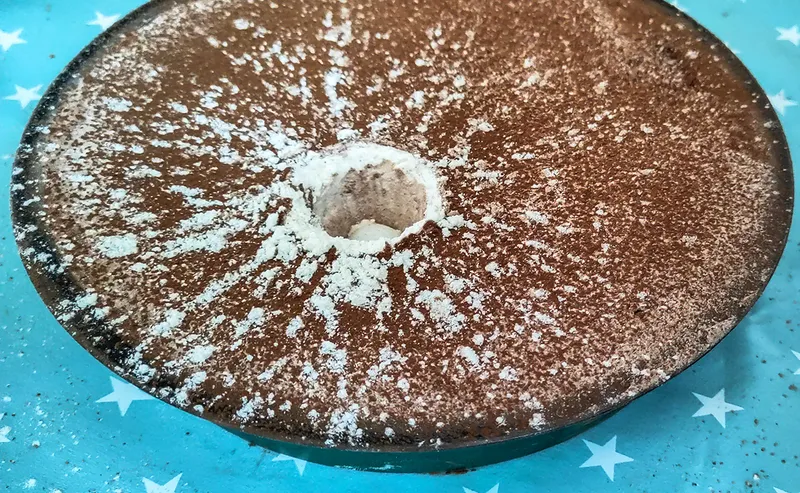
With plasticine, flour and cocoa powder, it's possible to create your own Moon surface and fire impactors to create lunar crators.
This is a great messy-play activity for kids as it involves throwing projectiles into a basin of flour and watching the detritus spray up into the air.
But it also teaches kids about how different sizes and shapes of lunar crater are formed.
What happens if you change the angle or speed of the projectile? How does it affect the shape of the crater?
And can you work out how to throw the projectile to create craters similar to those you can see on the surface of the real Moon?
The full project - Make your own Moon impact craters
Are you a teacher, parent or guardian who loves teaching children about space and astronomy? What are your favourite science projects? Let us know by emailing contactus@skyatnightmagazine.com.
